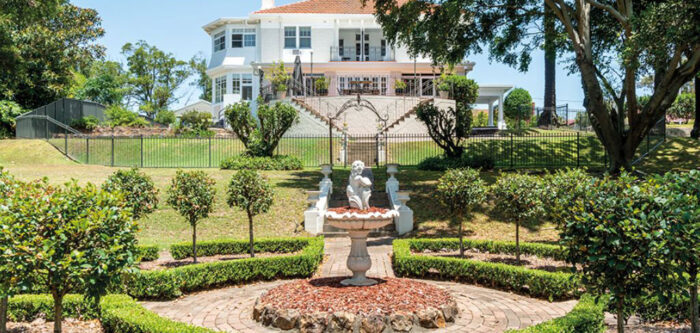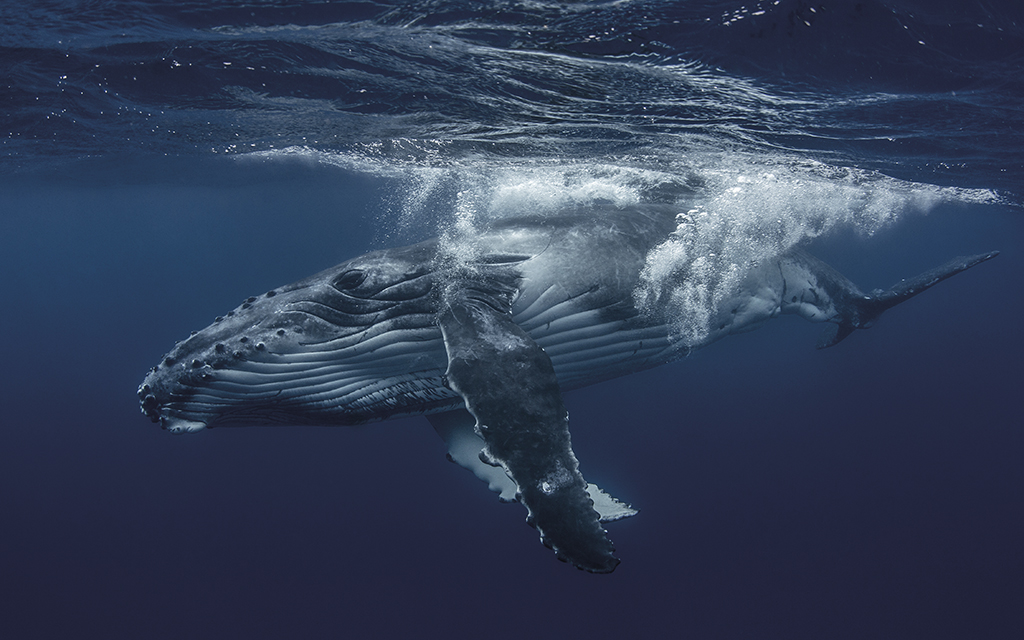
Whale whisperer
A close encounter with a killer whale changed the course of Lisa Skelton’s life.
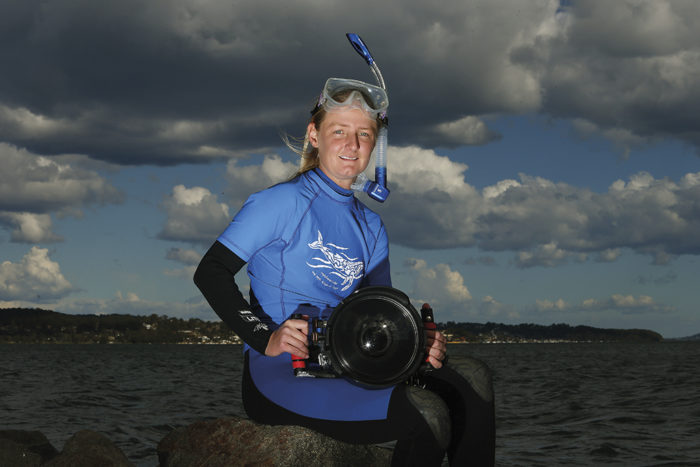
Newcastle’s Lisa Skelton with her underwater camera equipment. She has a passion for getting up close and personal with Humpback whales in Tonga. Picture by Peter Lorimer. 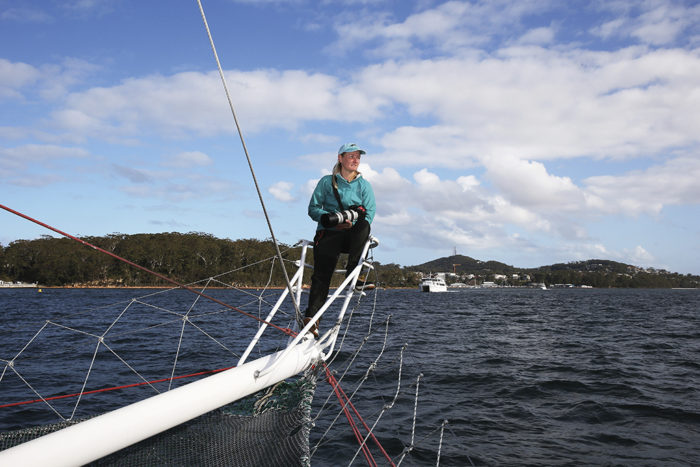
Lisa Skelton observing and photographing dolphins in Port Stephens. Picture by Peter Lorimer. 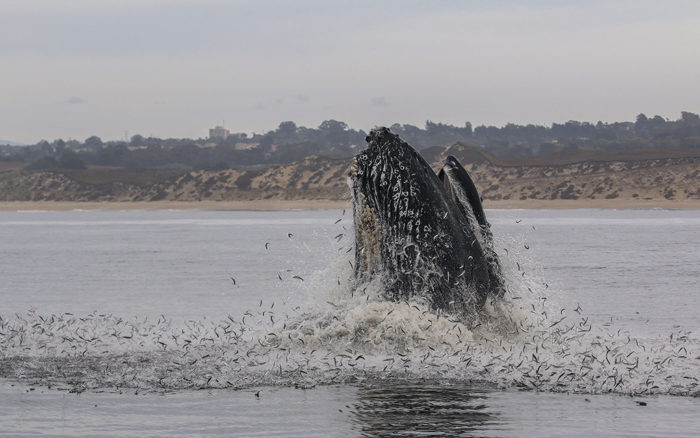
A Humpback whale engages in surface feeding behaviour known as ‘lunge feeding’ off the coast of Monterey. Instead of teeth, humpbacks have between 200-400 baleen plates in the top jaw of their mouth. The plates overlap to form a dense net which is used to filter tonnes of small baitfish like sardines and anchovies and tiny crustations like krill. Photo by Lisa Skelton. 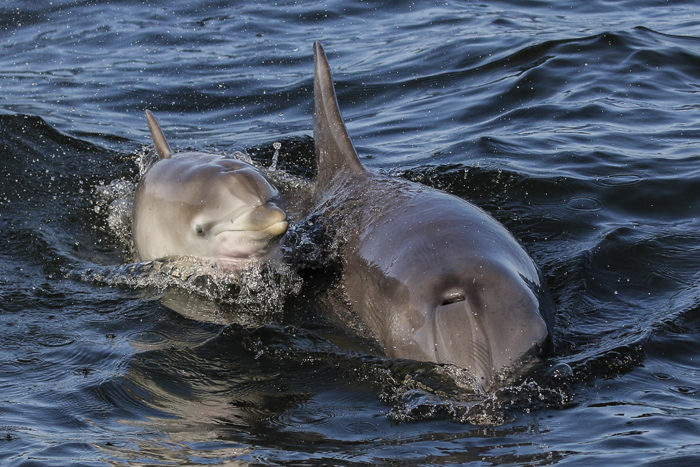
Born in the summer of 2016, Broken Fin’s Buddy’s calf sticks close to mum as the pair travel. Photo by Lisa Skelton. 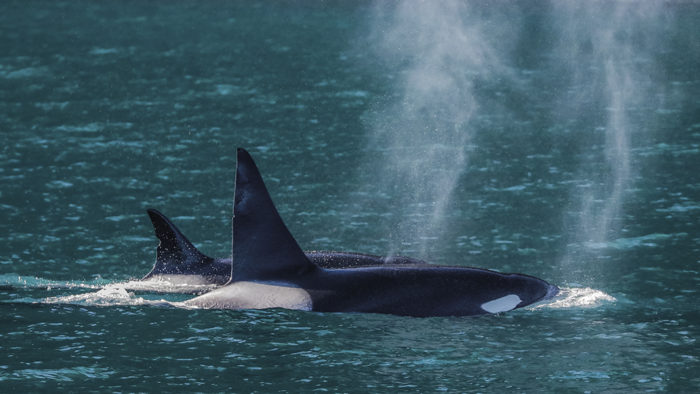
A transient (mammal-eatting) family of Killer Whales known as the AT1’s. Seward, Alaska. 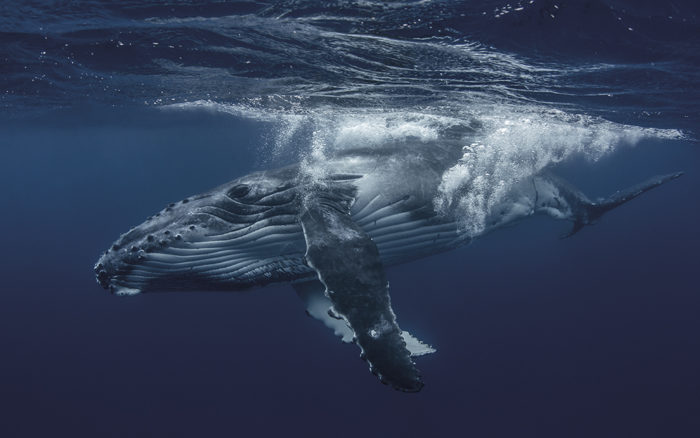
A young humpback whale plays at the surface while it’s mother rests below.
Born and raised in Lake Macquarie, 30-year-old Lisa Skelton
was always going to have an affinity with the water, but she had no idea how
deep their relationship would become. The excitement she felt when she first
experienced a killer whale in the wild convinced her to walk away from a teaching
career and take to the waters of Port Stephens. For the past six years she has
worked as a naturalist and photographer for Imagine Cruises and is now
considered one of the region’s leading dolphin experts. Remarkably, she can identify
each of the 100-odd animals residential to the area and the passion in her
voice is undeniable. Lisa’s interest skyrocketed when she visited America’s
west coast in 2012 to see the endangered Southern Resident killer whales and
was impressed by the knowledge of the scientists and people who worked with
them. “They knew the animals by name, their movements, the social structure of
the pods. Going on the boats and listening to the crew talk about the history
of each animal was very interesting and knowing we had a residential population
of Bottlenose dolphins here, it then became really frustrating being on the boats
at home and not having that type of information,” she said. “People would often
ask: ‘Do you know the dolphins? Do you see the same ones each day?’ The answer
was always yes, we do see the same animals but no we don’t know them, and I
can’t give you any information about them.” she adds. “I set about trying to get some answers. About
10 years ago Macquarie University did a really good population study and a couple
of social studies, on our dolphin population. I was fortunate enough to get access
to the data from that study and continue it. “For the last four years or so
I’ve been photographing the dolphins each day, consolidating that data. I’ve
got to the point where I can identify each individual. I’ve compiled a
catalogue that the boats in the industry work with. We all have that information
about which dolphins we are watching and are now able to answer those
questions.”
Read more in issue 93 of Hunter & Coastal Lifestyle Magazine
Story: Frances O’Shea
Photography: Peter Lorrimer and Lisa Skelton

